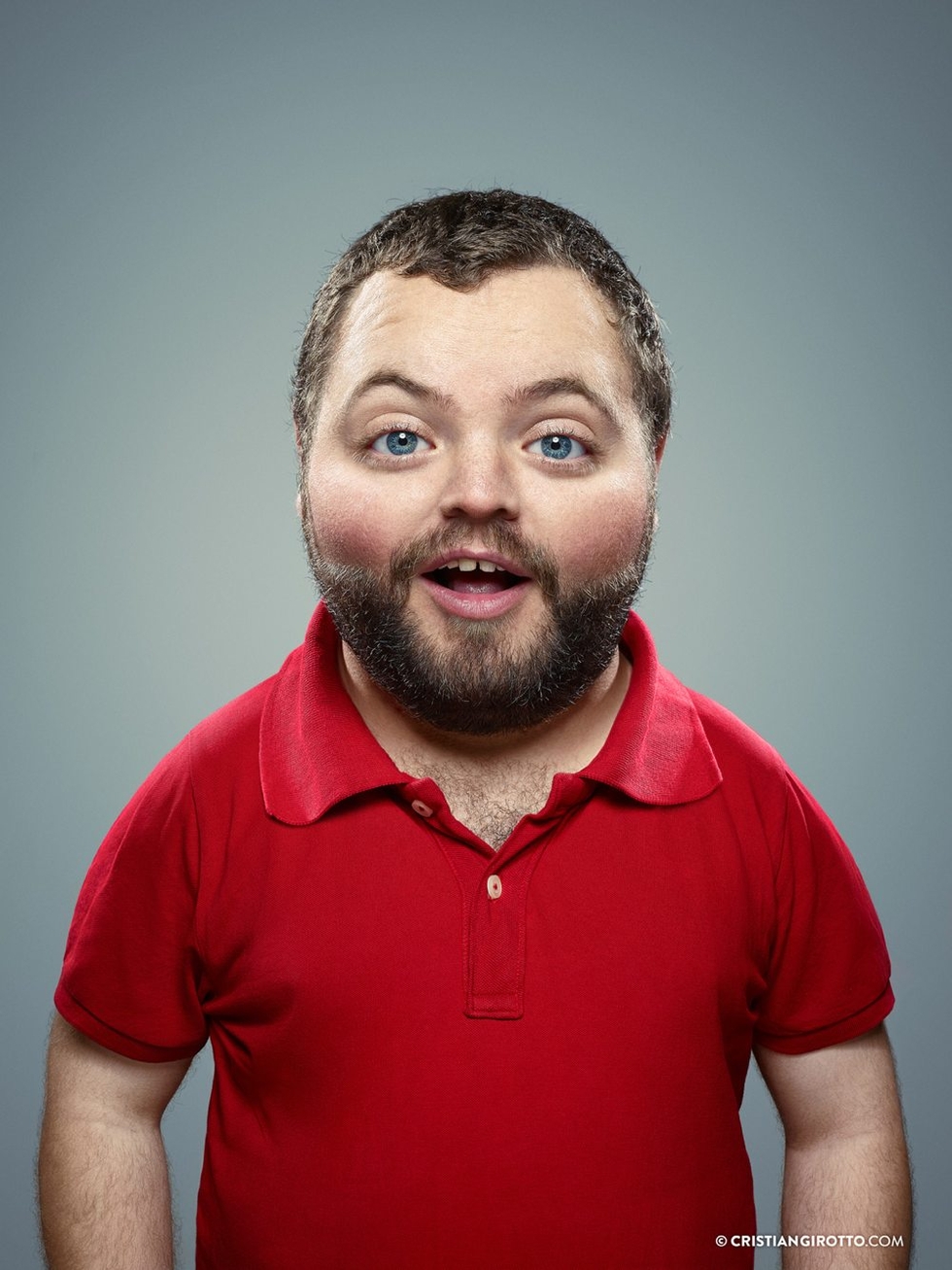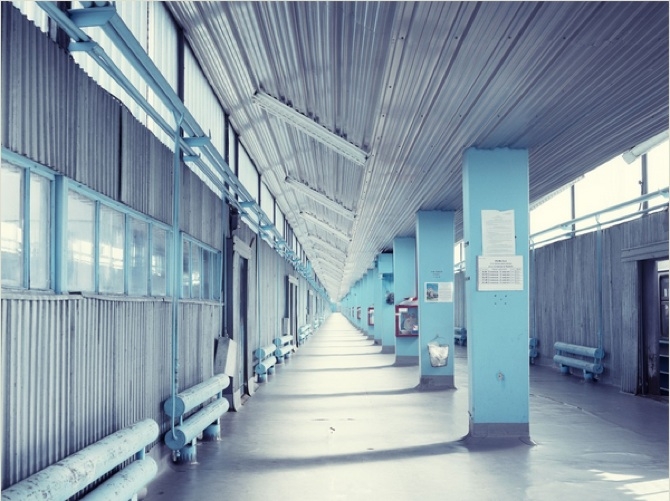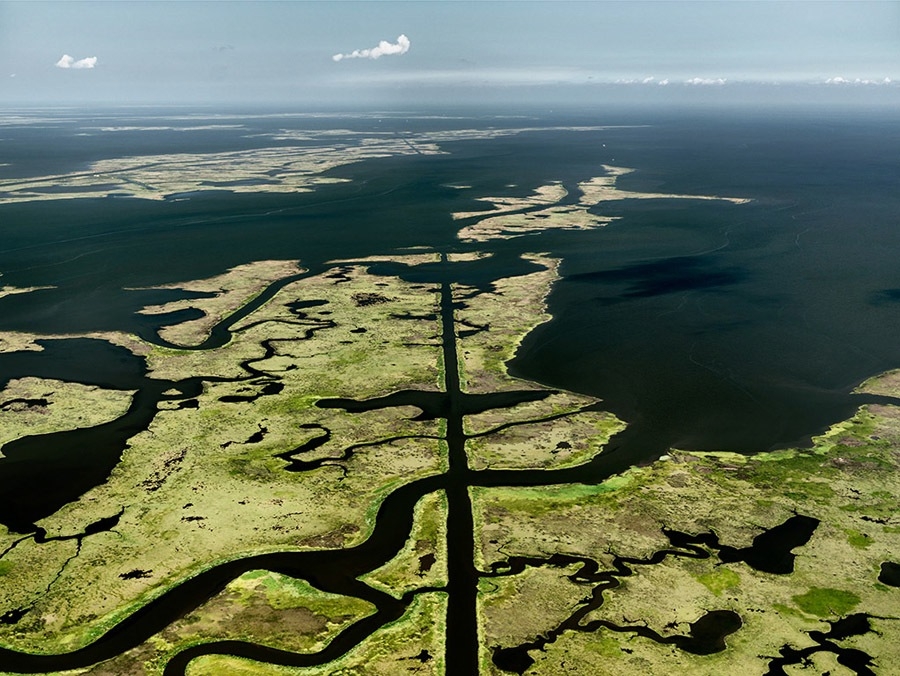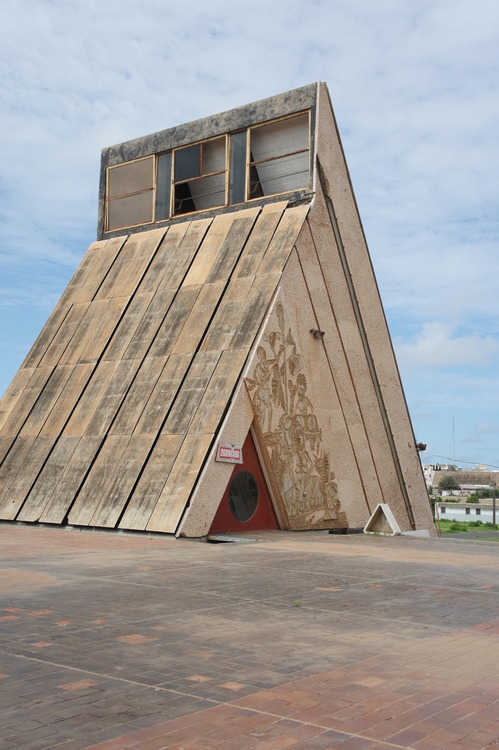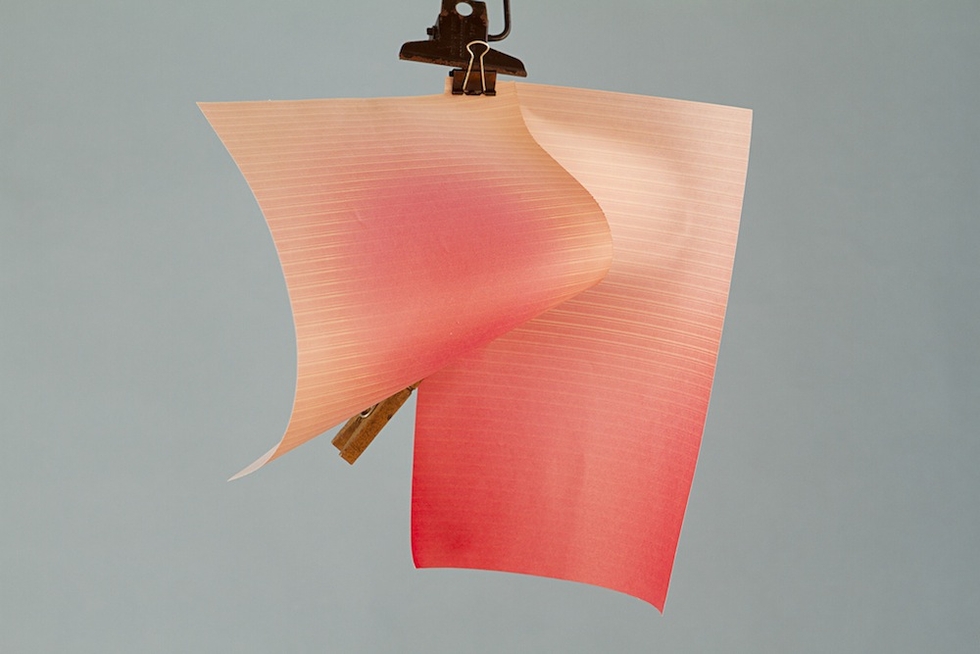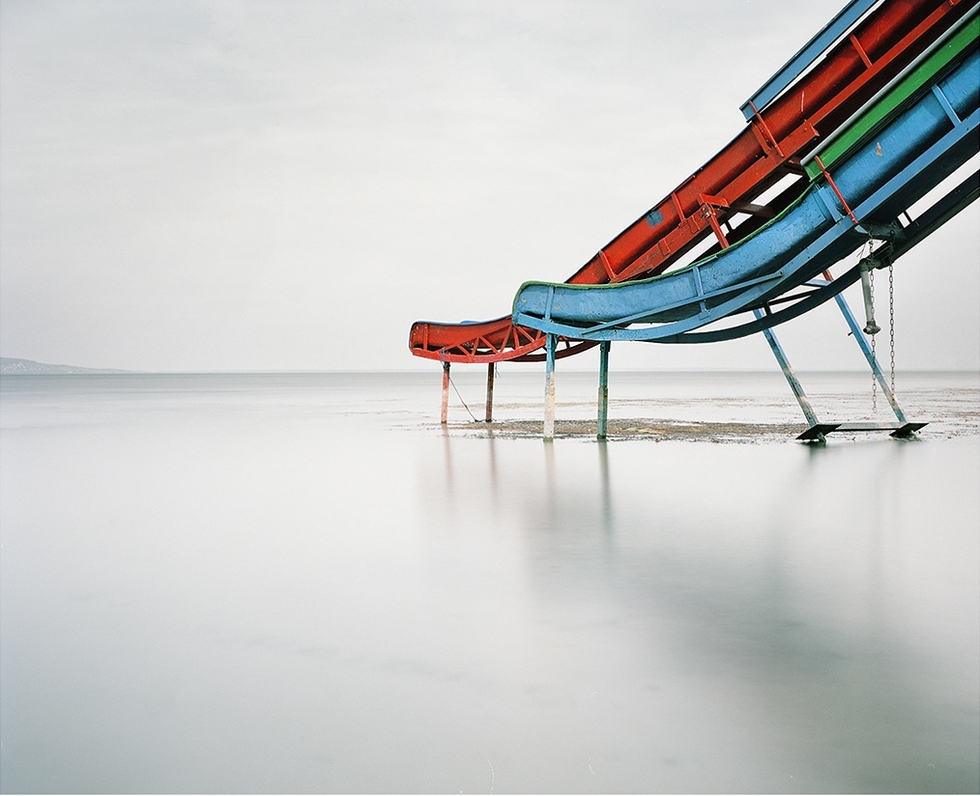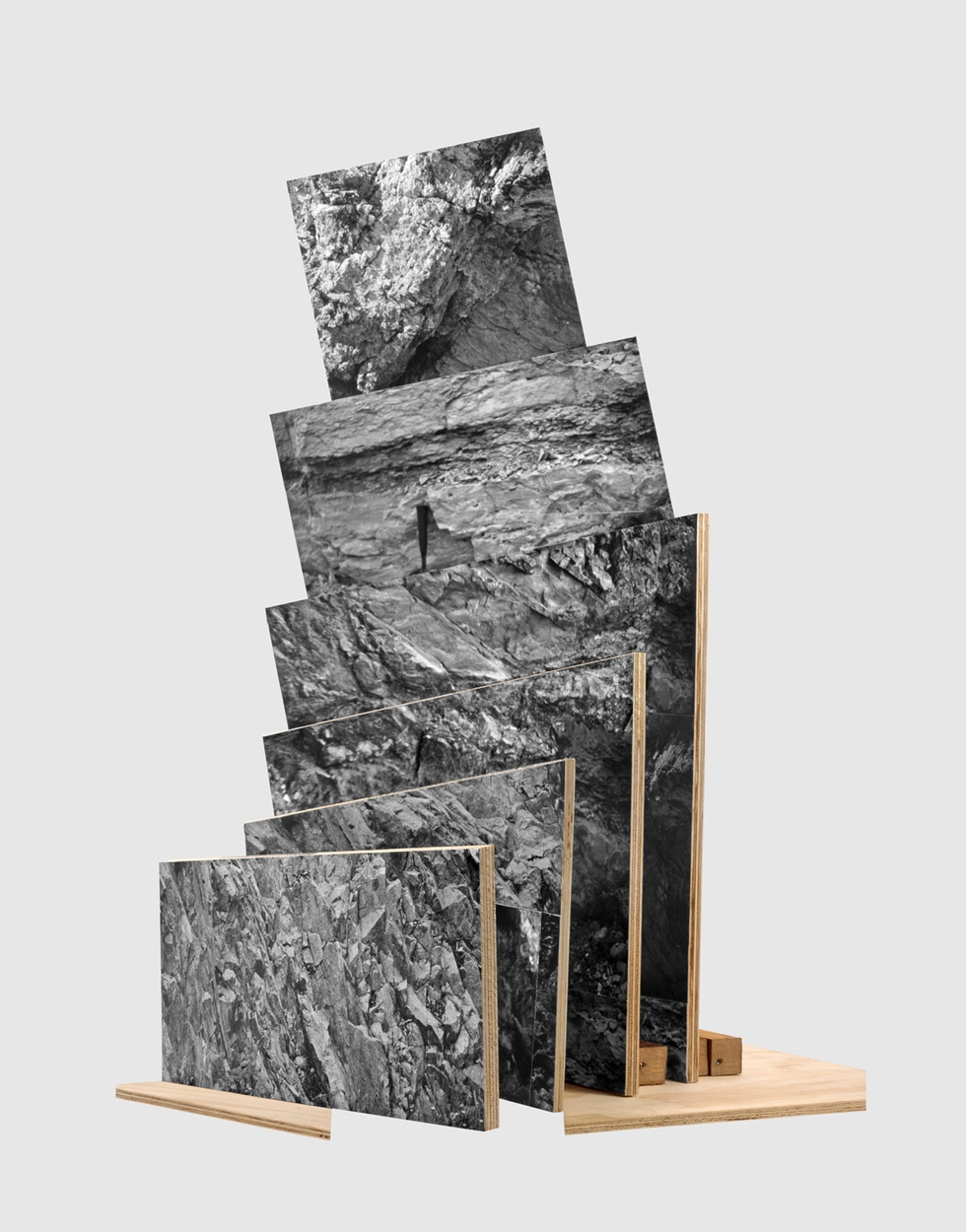It's stunning how well the '80s underground has aged—and we're not just talking about the music. Take D.C. for instance. This weekend, the Corcoran Gallery in Washington, D.C. hosts "Pump Me Up, DC Subculture of the 1980s" which explores the capitol's thriving underground of that decade via surviving visual ephemera of the era. Go-go posters by Globe, photos of "Cool Disco Dan" graffiti, and handmade punk and hardcore flyers as album and single sleeve designs from the era will surely figure in. There's also a "Throwback Jam" concert at the 9:30 Club this weekend featuring Trouble Funk, Scream, Henry Rollins, Youth Brigade, Black Markey Baby, and more. To say we're jealous we can't make it (and a bit nostalgic) would be an understatement.
"Pump Me Up" runs Feb 23–April 7, 2013 at the Corcoran Gallery of Art, Washington, D.C.
Get more info at the Corcoran Gallery. The "Pump Me Up" exhibition catalog is $45.
Have you ever used one of those photo booths that blends the photos of a couple to predict what their child would look like? If you have, and you're older than 14, there's a good chance that resulting photo was overwhelmingly creepy. The flaw with these machines is that the software has no way of eliminating adult features like beards or face wrinkles, which end up being transferred to the "blended" photo, placing it firmly in the strange land of the Uncanny Valley.
Parisian photo retoucher Cristian Girotto takes this inherent freakiness to the next level in his series, L'Enfant Extérieur (translation: "The Outer Child"). Girotto believes that we all maintain the hidden alter ego of ourselves as a child, and we suddenly revert to this state when we witness something overwhelmingly nasty about "the real world." His series intends to give a physical form to our reaction to the world's affronts to our innocence.
Greg White's Chernobyl series is surprising. Sure he captures the "ruin porn" that's kind of inevitable when photographing a decades-old disaster site, but his knack for framing patterns and unexpected color palettes, like cool fluorescent hues, gives his photos a sense of character and narrative.
That narrative includes the 1986 Chernobyl meltdown in the Ukraine, but White's series manages to extend beyond the disaster. He depicts relics from life before the meltdown, including the beautiful swimming pool and Ferris wheel found on site, while also illustrating present day life in the region, marked by a single general store and a team of scientists and engineers working on a project to contain the radiation.
Greg White's Chernobyl series was shot while on assignment for Wired UK. The images appear with permission from the photographer.
Undoubtedly, Google Earth photos are utilized by contemporary artists in any number of ways. But Chicago photographer Clayton Hauck consistently finds amazing stuff, which he expertly captures and posts to Instagram as @_art_vandelay_. If you ever tire of images of puppies, espresso art, and your friend's latest thrift store score, give him a follow.
Experimentation is a generative exercise for Charles Bergquist. As part of a daily routine, the freelance director, photographer, and designer keeps late hours in his California studio tinkering with different ways to layer or process photos and video. Like most creative people, he found himself with an increasingly large folder of partially-completed work.
The Everyday Project is his way of spending more time with these not-quite-there experiments. By turning a scattered collection into an ongoing project, he created soft-pressure to motivate himself to more experimentation.
The project is essentially a series of non sequiturs. The images and videos aren't intended to be a thematically linked series, but instead a collection of one-offs born from the actual process of sitting down to figure things out. It's a bit like a look directly into Bergquist's notebook.
Selected prints from the series are available now from the Ghostly Store.
Chances are if you've seen an aerial photograph of a terrifyingly large oil field, or a machine near that oil field that looks capable of moving a building, Edward Burtynsky took the photo. Burtynsky has been shooting human-altered landscapes for decades and, after years of photographing oil fields around the world, he recently shifted his focus to the industry of water.
His "Water" collection focuses on two regions: the recovery effort in the Gulf of Mexico immediately following the 2010 BP Deepwater Horizon oil spill, and the crawling webs of water ways used for dryland farming in Monegros County in Northeast Spain.
A 2008 collection of Burtynsky's photos titled "Oil" is currently on view at the Canadian Museum of Science in Ottawa through September 2013. The exhibit also has an accompanying app.
In addition to his photography, he also founded the Toronto Image Works photo lab.
Breezing through the blog of one of our favorite Cal-centric design firms, Commune, we stumbled upon a photo set from Senegal's capital, Dakar. Expecting wind-battered and white-washed remnants of Colonialism, perhaps? Hardly. In Dakar and its environs, modernist architecture plays off the exuberant temperment of familiar African textiles. The color palette and bold, freestyle geometry that have endeard Kubas and Kentes to the post-Domino design zeitgeist emerge unexpectedly in Technicolor concrete casts and jilted architraves. The influence of everyone from Frank Lloyd Wright to Buckminster Fuller is evidenced in designs that are irreverent and utilitatian, adulterated by disregard, yet still beautiful.
Facundo Pires' work doesn't have a singular aesthetic. But we think it's safe to say he's curious about errors. Visually speaking, his images reveal certain logic missteps, like a rainbow-colored fungus on a tree trunk or shadows that don't necessarily match their origin. But Pires doesn't just illustrate errors, he also causes them. To create his subjects he's been known to force inkjet printing jams, expose photos to the elements, and otherwise alter objects to photograph manipulated interruptions in his home city of Buenos Aires.
For Pires, the interruptions aren't just fascinating because they're disruptive by nature. Instead, he's interested in framing photos in temporary locations, like construction projects, to capture images he likely won't see again.
Originally from Budapest, Hungary and now based in Vienna, Akos Major shoots with an eye for simplicity. He often places his subjects close to the center of the frame, and uses intentionally spare background composition to make his work geometrically pleasing.
We think Major's "Lumen" series is a great example of his work with color. The series, shot in an unrecognizable field of white snow, focuses on an object or series of objects with one strong color. The objects appear as interruptions in the white background, and with Major's attention to symmetry and balance, the photos give the otherwise innocuous forms a new context. Think Richard Misrach's Desert Cantos with a touch of humor.
Photographer Jason Gowans happened upon a problem while shooting landscapes: "I stumbled into classic difficulties that occur when representing a space with multiple perspectives. I would go out into the landscape, be overwhelmed, come back into the city, and be confronted with images that were decidedly underwhelming. They conveyed none of the concepts I was interested in once they were bound to a rectilinear plane."
Undeterred, Gowans simply added another dimension to his work. Inspired by Western movie sets, Michael Snow’s La Région Centrale and particularly Robert Smithson’s Non-Sites, Gowans approached landscapes as a sculpture project. To create the physical objects, he built maquettes of found negatives, his own photos, and images from the internet. In "Five Landscape Modes," he pieces together the fragments to show multiple images, angles, and shadows.

